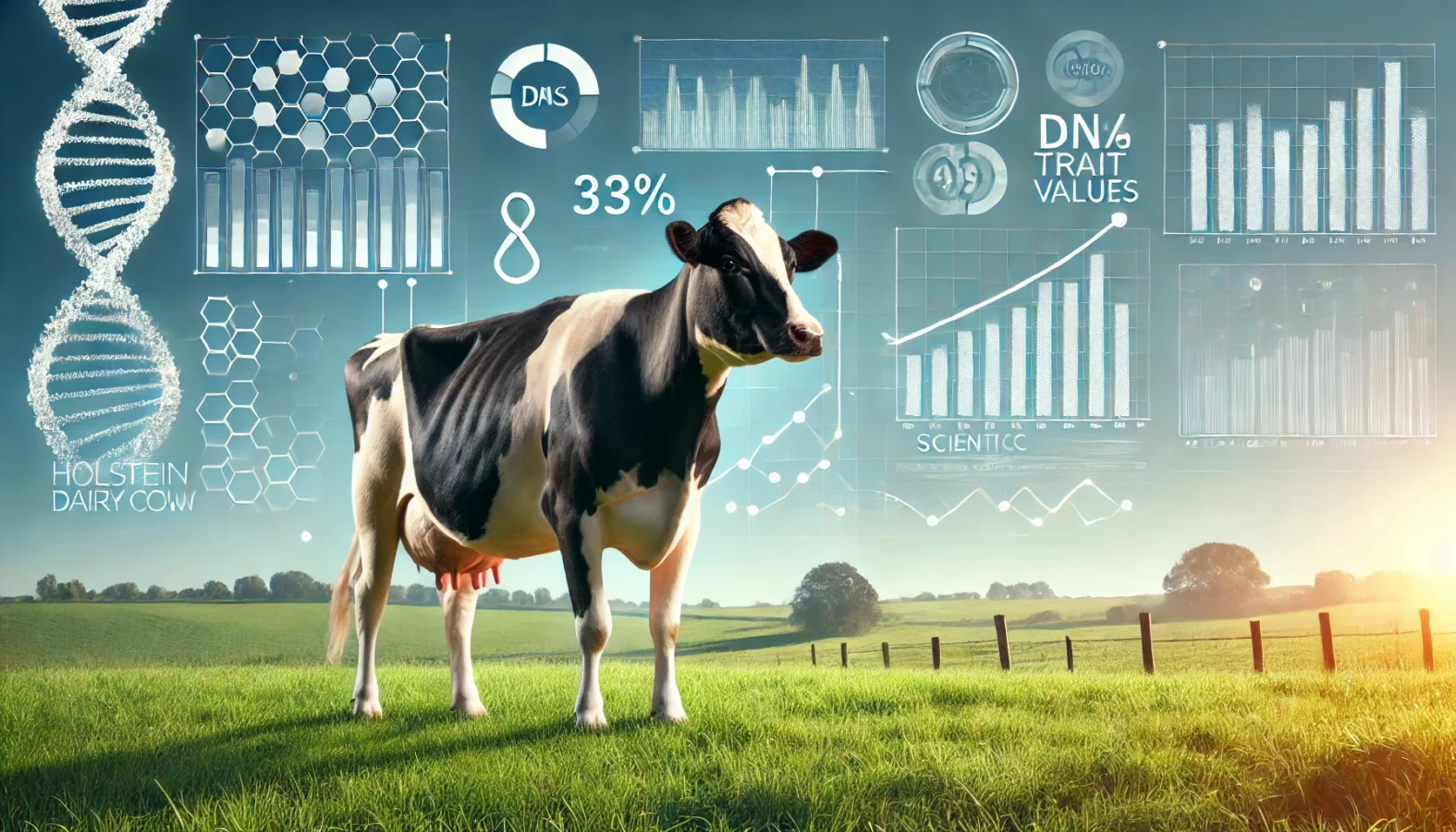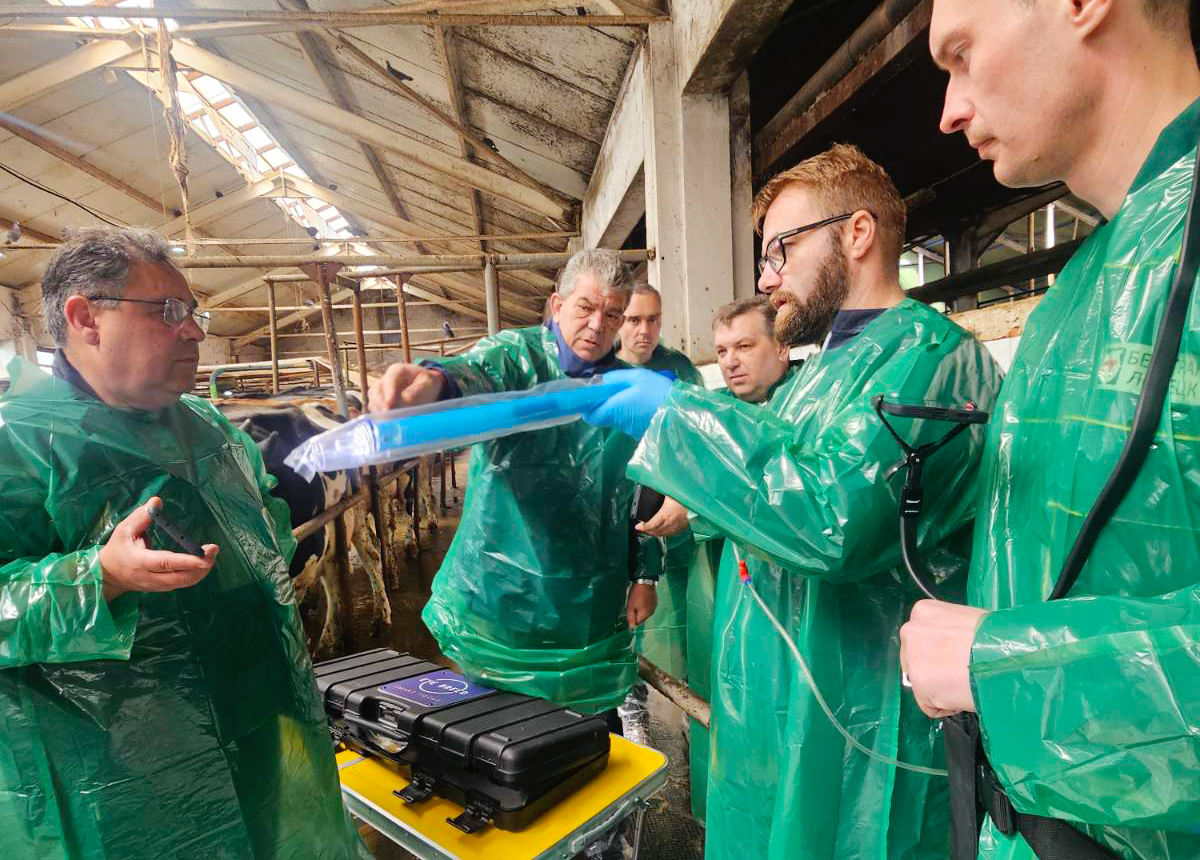Every farmer’s goal is to maximize the milk yield of a cow and keep her healthy. Dairy cows require a lot of energy, which is obtained through feed. During the seasons of the year when fresh food cannot be provided, cows still have a great need for energy, and the farmer strives to maintain a high milk yield. High quality silage is a rich source of protein and fibre which supports rumen health and provides the energy required for the desired animal performance and can be used at any time if made and stored correctly.
Unquestionable advantages of fresh succulent forage stored as silage are the minimal loss of vitamins and nutrients, maximum utilization of pasture and the provision of wholesome and fresh feed on the farm for a long period of time.
In the ensiling process, anaerobic bacteria convert carbohydrates such as sugars and starch into lactic acid, which serves as a preservative, lowers pH and inhibits the growth of various microorganisms. Silage also preserves carotene, which in some cases increases due to the breakdown of the dye xanthophyll and its conversion into carotene, which in turn is converted into vitamin A.
For optimum quality silage, it is necessary to follow several important steps:
- Correct selection of the mowing period
- Fine chopping of the crop used
- Filling the pit quickly
- Maximum compaction of the nutrient mass
- Good wrapping and tamping
- Maintaining an anaerobic environment
Selecting the mowing period
In the silage-making season, it is important to time the silage harvest to optimise its nutritional qualities. If cut at the wrong stage of maturity, the fermentable carbohydrates will not be sufficient. Sugar content decreases in coarse and mature forages especially after seed emergence. Forages with small grain sizes which include wheat, barley, oats and rye have a small cutting range which should be before grain formation. The determining factor is the grain component of the mass at harvest, which should be around 35 – 40 %, because then the energy values suitable for silage making are optimal. Dry fodder is difficult to compact in the pit and when too wet, juices leak out and valuable nutrients are lost.
Fine chopping of the crop used
For good compaction in the pit and the necessary release of juices, the amount of chopping of the crop mass varies according to different specialists. Sizes of 0.8 to 1 cm are considered most suitable for maize and between 2 and 4 cm for grasses.
Quick filling of the pit
The forage storage area should have a drained floor, dry or preferably concrete with a slight slope. The slope is necessary to allow the water content of the raw material to drain off. If water is retained the silage becomes too acidic, spoils more quickly and is not readily accepted by the animals. The type of silage pit – filling time, compaction and storage can vary with the size of the farm and the amount of animals. To avoid nutrient loss ensiling should be done quickly to improve adhesion, create an airless environment and a minimum of 3m thick layer per day is required.
Maximum compaction of the food mass
Compaction aims to provide a suitable environment for the lactic acid bacteria necessary to carry out fermentation. This requires heavy machinery, such as high-end tractors, to move over the grass pile until it is sufficiently hard and compacted.
Good wrapping and compacting
Good wrapping and tamping of the silage in the pit is also a necessary process to minimise oxygen ingress into the sward and to store it properly. No expense should be spared on quality UV nylon and it is best to press down with concrete circles.
Maintaining an oxygen-free environment
The lack of oxygen reduces the pH to 4-5 units, stops the breakdown of sugars and the silage retains the necessary nutritional qualities.
Fermentation is good if the silage has a fresh aroma and is green to yellowish-brown in colour. If the silage smells rotten or has parts of a black colour, it is spoiling.
Saving additional money
In order to improve the quality of the silage, extend its shelf life and increase its nutritional value, it is advisable to add inoculants for higher acidity and against mould growth. These should be selected according to the type of forage and it is advisable to consult a specialist. An example of such an inoculant is the Magniva Platinum products certified for organic production. They are created with a precise formula combining the harmony between enzymes and two types of bacteria (including the recently patented unique strain Lactobacillicus Hilgardii CMCN I – 4785), which work with multiple forage cultures with high efficiency. According to the sugar content of the cultures and the aerobic and fermentation challenges, the products are of three types: Magniva Platinum 1 (high in sugars), Magniva Platinum 2 (relatively high in sugars and moderate fermentation challenges) and Magniva Platinum 3 (for cultures low in sugars, high in protein and with fermentation challenge and aerobic stability). With one of these highly concentrated products, properly selected, fermentation losses are significantly reduced, aerobic stability is improved, as well as the time to maintain it, and money is definitely saved.



